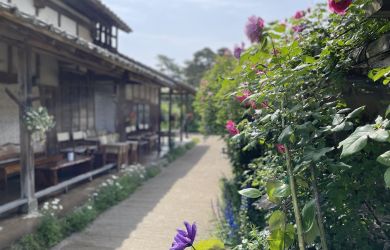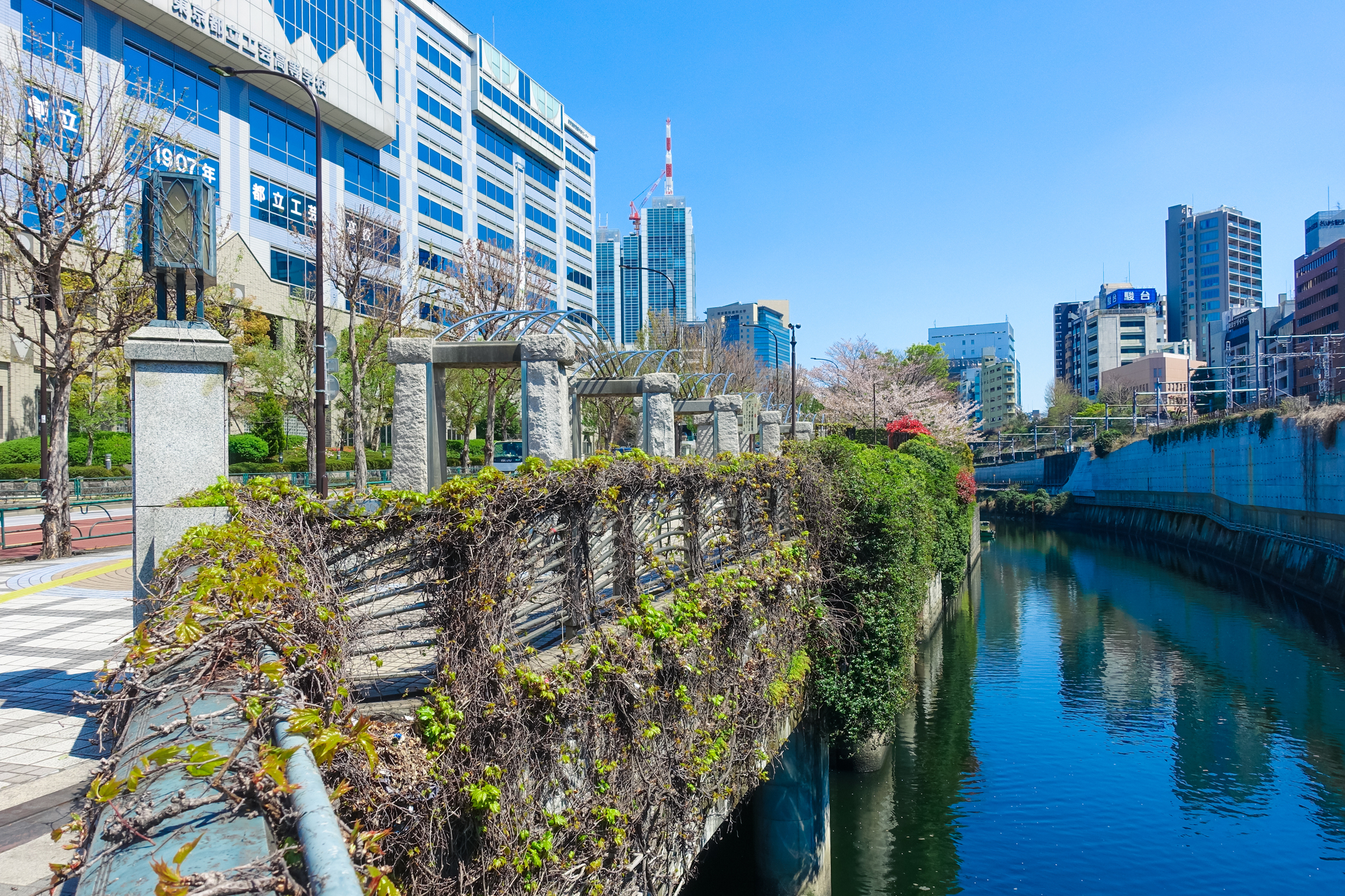
November 7, 2023
Tokyo Neighborhood Guide: Kanda-Sudacho
Heartlands: A thriving pocket of the past
In a city that has seen much destruction in its lifespan, from devastating fires to World War II air raids, small pockets of historic enclaves provide a tantalizing glimpse into how Tokyo looked in the past.
Just 500 meters from the rush of shoppers, tourists and trains at Akihabara Station, Kanda-Sudachō takes up the northeastern corners of Chiyoda Ward. It may be home to only around 1,000 people, but the streets of Kanda-Sudacho play host to a list of protected historic sites and cultural gems.
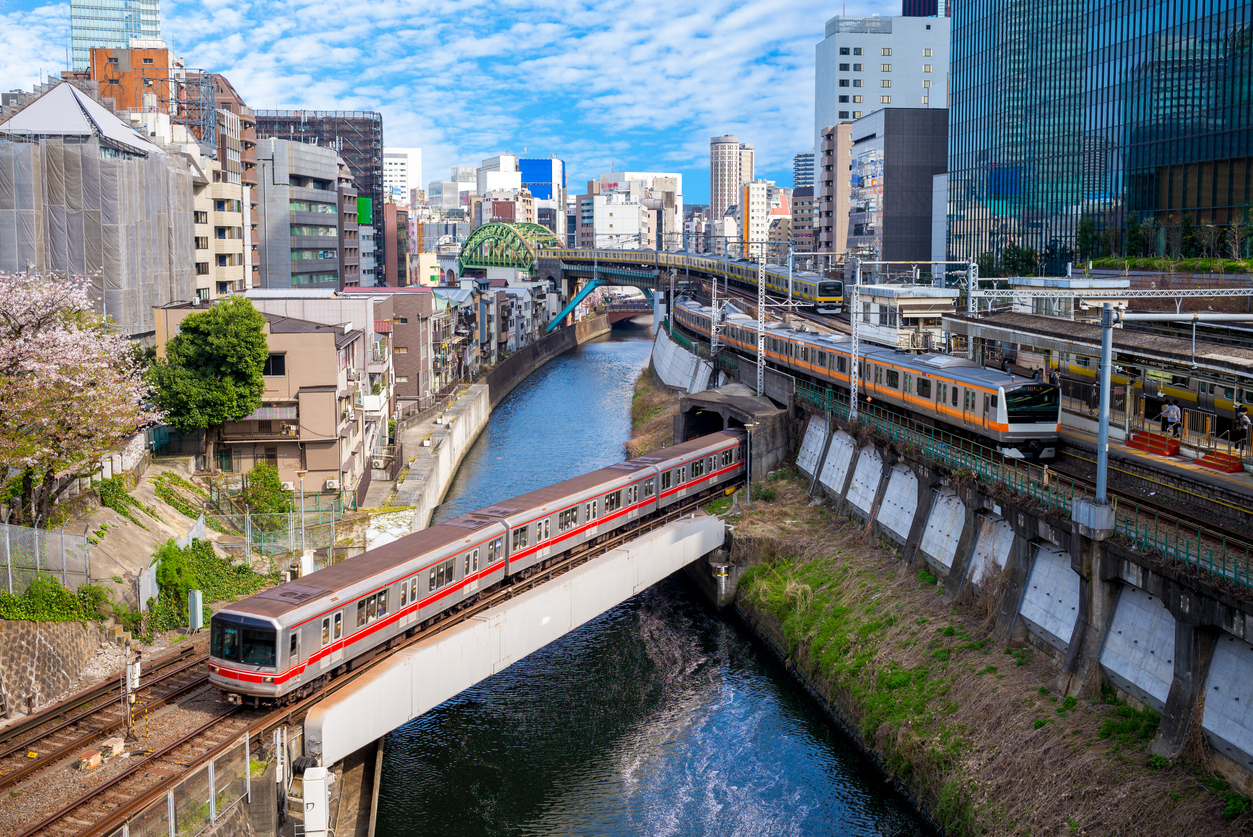
Allowing yourself time to meander around Kanda-Sudacho’s streets provides a portal into the past, a glimpse of Tokyo in the early Showa era (1926-89) when the city’s youth looked daringly to Western ideas and fashions. Here you’ll discover a partially wooden townscape and tenaciously modern-for-their-time shop fronts, which have— somehow— escaped the the rush of present-day development.
Village life
People have lived in the area now called Kanda-Sudacho for a long time. Located along the banks of the Kanda River, the area was known as Sudamura during the Middle Ages and was home to rice fields. During the Edo period (1603-1867) it became known as Suda-chō and a town grew up at a natural junction for transit and distribution on the banks of the Kanda River. Eight roads converged here, including the famous Nakasendo, and multiple waterways connected here, creating the ideal location for a market to spring up.
Towards the latter part of the Meiji era (1868-1912), trams began running through the town and the soon-to-be-busy Manseibashi Station was opened in 1912, thus creating one of the city’s principal downtown districts.
Following the Meiji era, a major transport terminal developed with bridges constructed over the waterways and the town serving as a point of transit for trains to big hubs such as the likes of Shinagawa, Ueno and Shinjuku. The bustling vegetable market moved to the other side of the river in 1928 (and to Ota Ward in 1990).
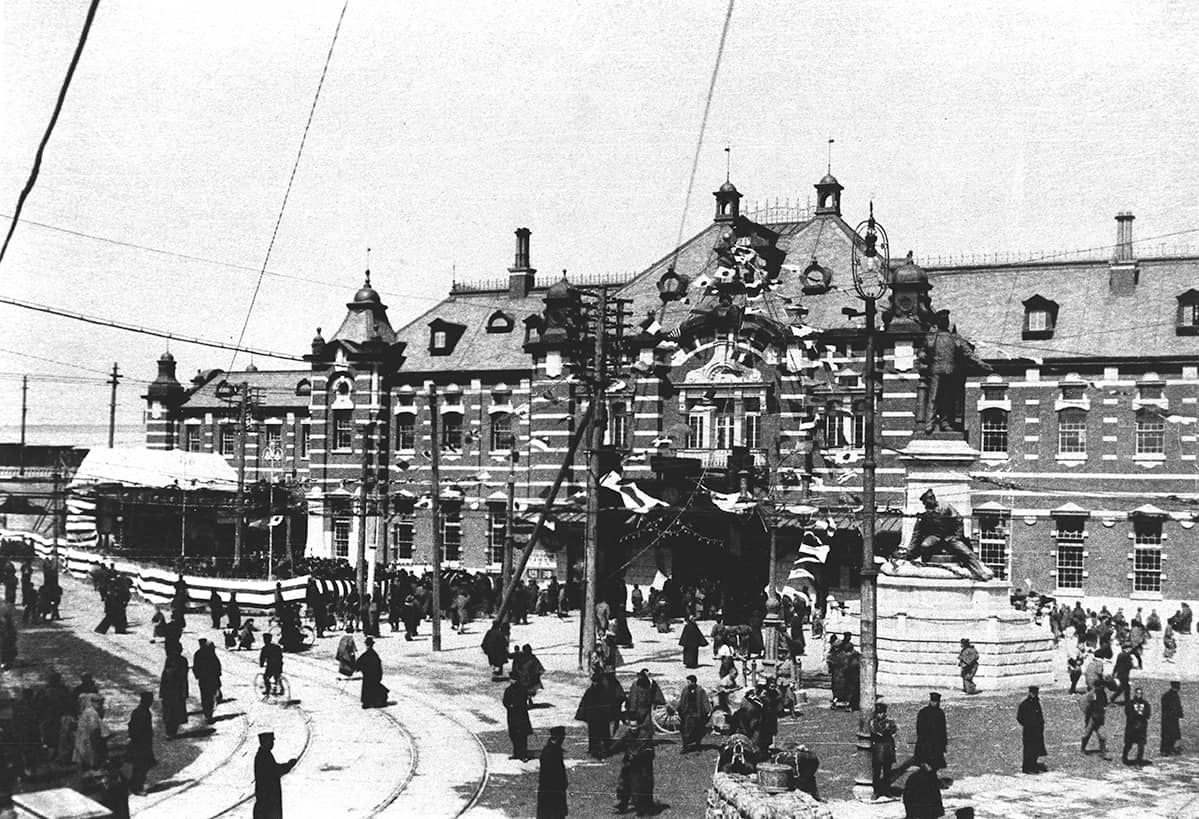
But things changed in the middle of the night on November 29, 1944, when the air raids began over Chiyoda Ward. Bombs were dropped over Kanda and the surrounding areas from 27 B-29 planes, leaving around 10,000 buildings damaged in their wake. More bombing raids followed, so much so that towards the end of the war an estimated 70% of the district had received bomb damage.
However, Kanda-Sudacho somehow escaped being destroyed altogether. A map of bomb damage published 1946 shows Kanda-Sudacho standing strong and other areas around it flattened. As one of the only few towns in the capital that managed to survive the World War II bombs, following the end of the war the district became home to U.S. military personnel who were stationed in Japan. Vendors selling electrical goods for things like vacuum cleaners lined the streets. This makeshift market eventually spilled over to form the roots of nearby Akihabara, creating the early beginnings of the famous Radio Garden.
Amble among the ruins
Buildings that survived WWII bombing form the staple of Kanda-Sudacho’s landscape, pinning together the area’s aesthetics and forming its identity in modern-day Tokyo. Chiyoda Ward protects these buildings as ‘Important Properties’, the designation given to mainly old buildings that create attractive streetscapes. Subsidies are offered towards the preservation of these heritage properties, helping to keep them as time capsules of another age relevant for the modern day.
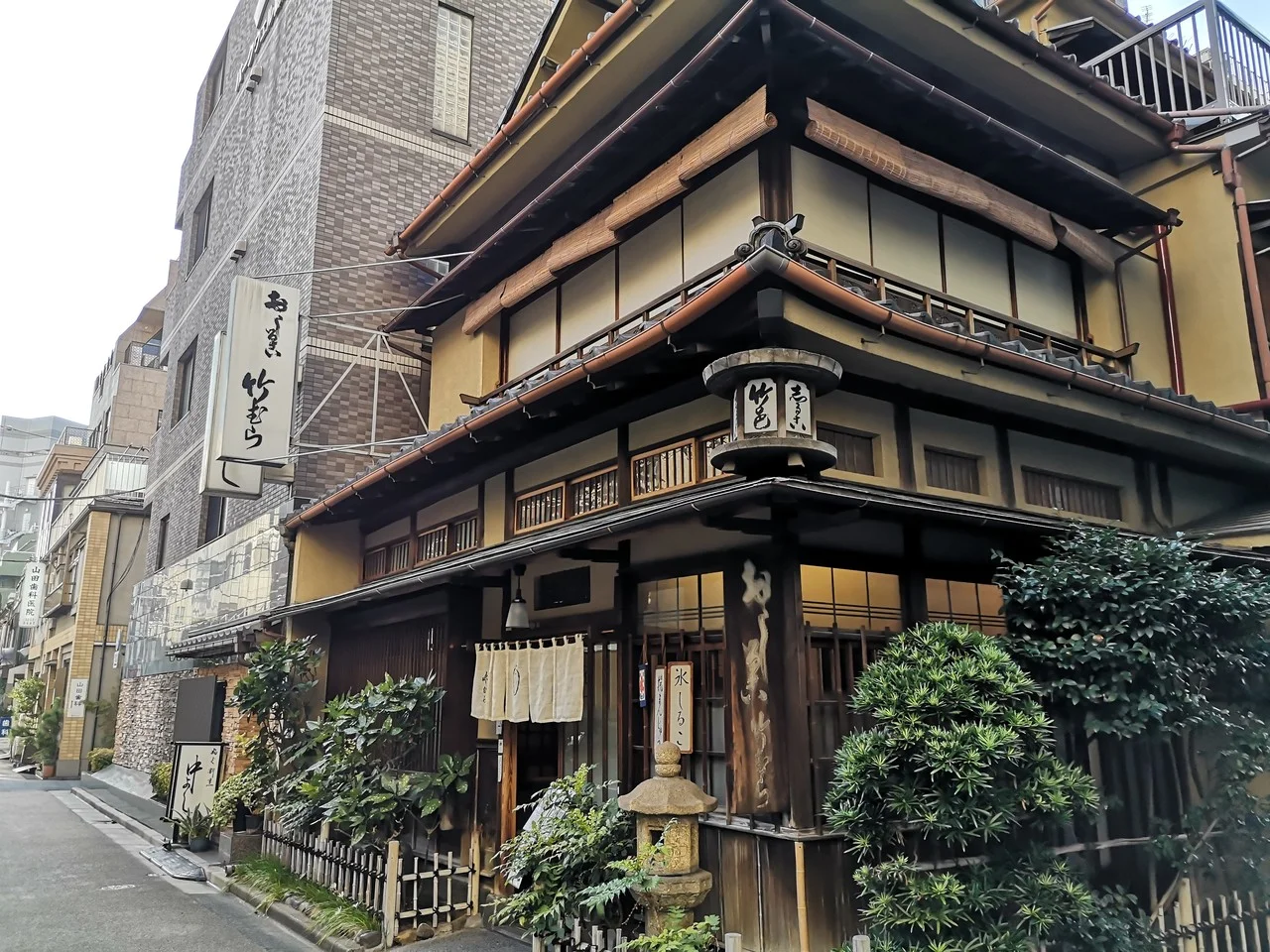
Start your wanderings at Akihabara Station and cross over the Kanda River via the Mansei Bridge. Dating back to 1930, the bridge offers up views of the old Manseibashi Station with its photo-worthy brick arches. Crossing Mansei Bridge brings you into Kanda-Sudacho. Walk under the railway track and take the road that leads down to the right. This road then crosses over the Old Nakasendo and, in a few minutes, you’ll reach Yamamoto Dental Clinic.
Built in 1928, the dentist features a vintage façade with sash windows and eye-catching signage features that underline its inclusion as a Tangible Cultural Property. Just over the road from here is Kanda Matsuya. Built between 1925 and 1926, this soba noodle shop entices hungry customers with glowing lanterns and charming woodwork and has been dubbed one of the best soba restaurants in the capital. If you’re already hungry it might be a good idea to stop by to try out a bowl.
Walking around to the other side of the block brings you to Ananda, with its Art Nouveau sign and copper frontage stained green with time, it’s hard not to be captivated by its unique design. On the corner, almost opposite the clothing store, is Botan – a cozy spot for sukiyaki within a structure built in 1930. Cross over the road to find another old building. This one dates back to 1932 and is home to Isegen. Founded in 1830, it’s an ankō (monkfish) specialty restaurant set in a creaking wooden structure, decorated with creeping greenery and hung with a red noren (curtain) when open. And for those with a sweet tooth, on the opposite side of the road, there’s Takemura, a confectioner from 1930 where you can sit in and enjoy Japanese sweets and tea – perfect for a spot of refreshment during your explorations. Turning left from here, past Kanda Post Office on your right, leads you to Kanda Yabusoba. Built in 1923, it was rebuilt after a 2013 fire but the building is no less attractive.
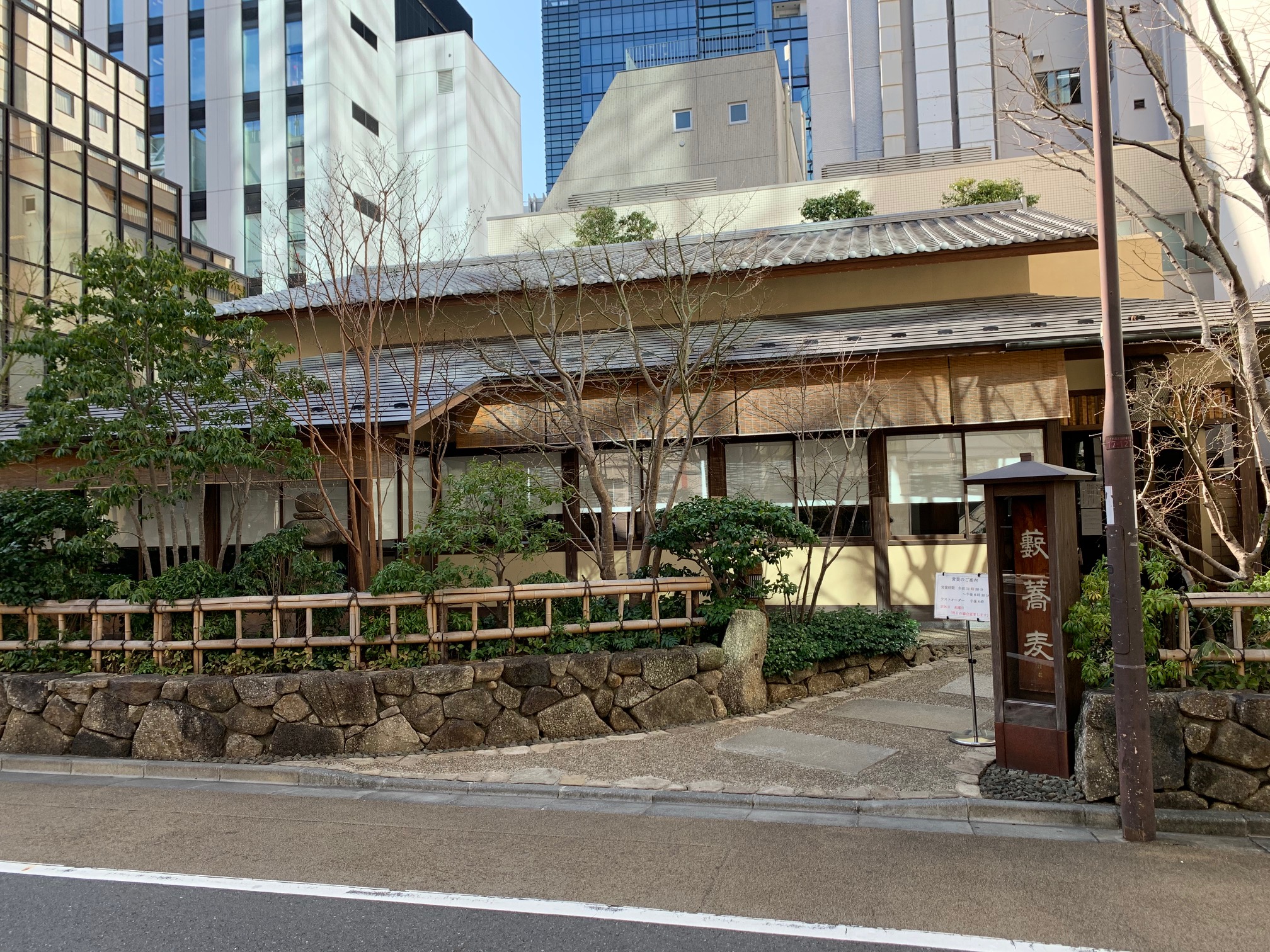
If you’re having fun spotting the various shop signs, colorful lanterns, unusual typefaces, and strange uses of hiragana then you might want to carry on walking to Ebihara Shoten. The heritage house was established in 1890 as a second-hand clothing store, but the current building dates back to 1928 and boasts a facade that makes full use of the newly adopted “signboard architecture”. Along with a painter, shop owner Eihara Yasuzo created the frontage, incorporating Japanese and Western styles. Inside, visitors can walk through the old store and the living space, complete with old wooden floors, antique furniture, and natural light pouring in from the skylight. There’s a whole host of interesting artifacts to delve into, including old records and drawings – a timewarp of pre-war Japan.
After your tour of the area’s historic buildings, take a break at the local shrine. Situated close to Ebihara Shoten, Yanagimori Shrine stands in stark contrast to the loud crowds and dizzying lights of nearby Akihabara. The small shrine was founded in 1458 by Ōta Dōkan, a samurai and Buddhist monk who was behind the construction of Edo Castle, which once sat where the Imperial Palace now resides. The location of this shrine, dedicated to the god Inari, is at the northeast of the old castle, A direction that is held to be the origin of unsettling bad energy. The samurai planted willow trees in the shrine grounds in a bid to alleviate potential misfortune and established the shrine as a branch of Kyoto’s famous Fushimi Inari Taisha. The shrine is scattered with various torii (gates), statues of Inari’s messenger foxes or kitsune, and images of cheeky shape-shifting tanuki.
From the storied shrine, walk back along the riverside towards Mansei Bridge. Next to it is the remnants of the once-buzzing Manseibashi Station. Today, the old redbrick station building is now a polished shopping mall. Stores now take the shape of curving railway arches; shoppers can move fluidly from one carefully curated boutique to the next along the polished concrete floor. Some sell colorful home interior items, others display mingei-style ceramics. A quiet and serene indoor space, those who want to get deeper into the history of the railway link can see scaled-down models of the station and the trains that used it.
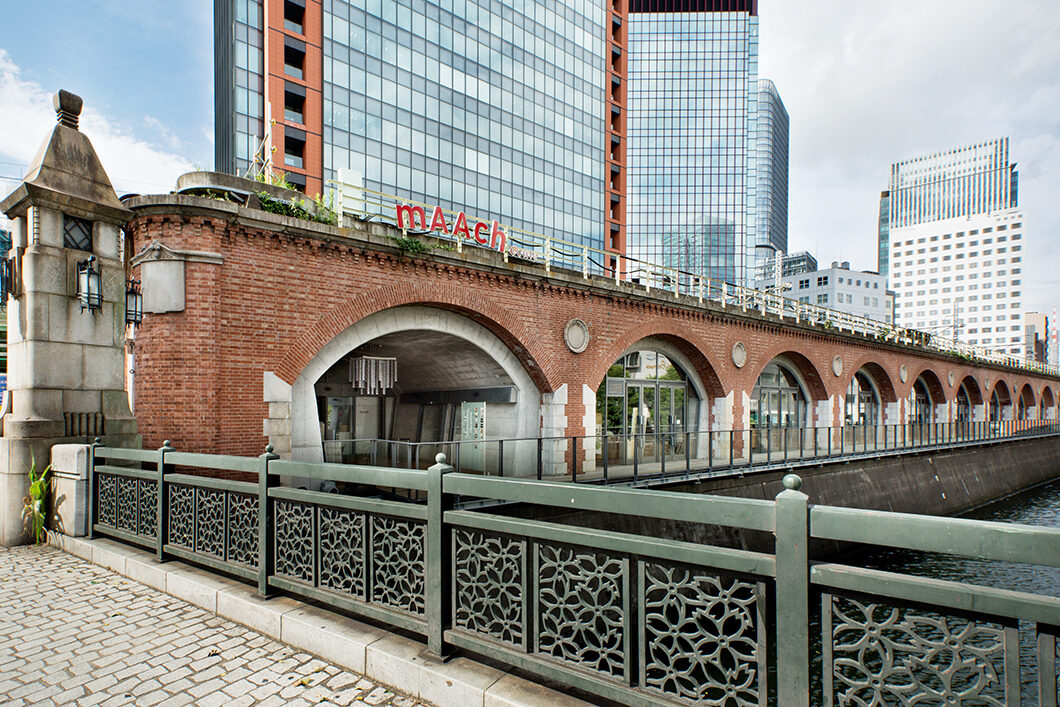
Wind up your day of meandering in Kanda-Sudacho by heading upstairs at Manseibashi Station to the oddly named Platinum Fish Restaurant. Open for lunch and dinner, the eatery sits up on the level of the old station platform. Here train fanatics happily sit for hours watching as the locomotives rush past the glass as they tuck into classic pasta dishes and kids’ meals served in train-shaped bento.
If you don’t feel like eating, grab a drink from a nearby convenience store and sit in the adjoining viewing terrace which is free and open to the public. As the lights of Akihabara begin to glimmer in the glow of the early dusk, that special magic of Tokyo in the early evening descends, a city shifting from day to night.



